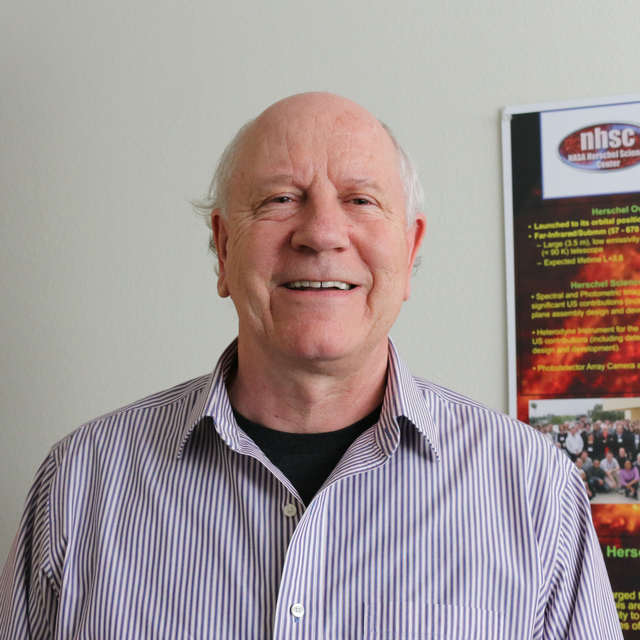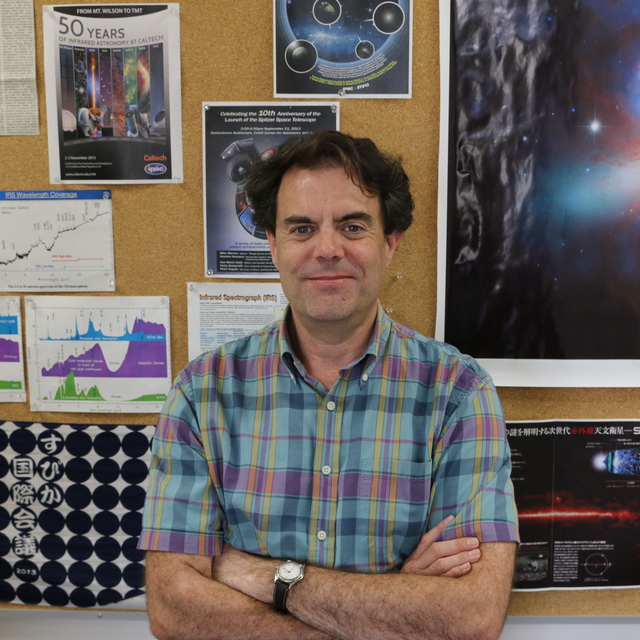December
2022
•
2022ApJ...941L..36L
Authors
•
Lai, Thomas S. -Y.
•
Armus, Lee
•
U, Vivian
•
Díaz-Santos, Tanio
•
Larson, Kirsten L.
•
Evans, Aaron
•
Malkan, Matthew A.
•
Appleton, Philip
•
Rich, Jeff
•
Müller-Sánchez, Francisco
•
Inami, Hanae
•
Bohn, Thomas
•
McKinney, Jed
•
Finnerty, Luke
•
Law, David R.
•
Linden, Sean T.
•
Medling, Anne M.
•
Privon, George C.
•
Song, Yiqing
•
Stierwalt, Sabrina
•
van der Werf, Paul P.
•
Barcos-Muñoz, Loreto
•
Smith, J. D. T.
•
Togi, Aditya
•
Aalto, Susanne
•
Böker, Torsten
•
Charmandaris, Vassilis
•
Howell, Justin
•
Iwasawa, Kazushi
•
Kemper, Francisca
•
Mazzarella, Joseph M.
•
Murphy, Eric J.
•
Brown, Michael J. I.
•
Hayward, Christopher C.
•
Marshall, Jason
•
Sanders, David
•
Surace, Jason
Abstract
•
We present James Webb Space Telescope (JWST) Mid-Infrared Instrument (MIRI) integral-field spectroscopy of the nearby merging, luminous infrared galaxy, NGC 7469. This galaxy hosts a Seyfert type-1.5 nucleus, a highly ionized outflow, and a bright, circumnuclear star-forming ring, making it an ideal target to study active galactic nucleus (AGN) feedback in the local universe. We take advantage of the high spatial/spectral resolution of JWST/MIRI to isolate the star-forming regions surrounding the central active nucleus and study the properties of the dust and warm molecular gas on ~100 pc scales. The starburst ring exhibits prominent polycyclic aromatic hydrocarbon (PAH) emission, with grain sizes and ionization states varying by only ~30%, and a total star formation rate of 10-30 M ⊙ yr-1 derived from fine structure and recombination emission lines. Using pure rotational lines of H2 we detect 1.2 × 107 M ⊙ of warm molecular gas at a temperature higher than 200 K in the ring. All PAH bands get significantly weaker toward the central source, where larger and possibly more ionized grains dominate the emission, likely the result of the ionizing radiation and/or the fast wind emerging from the AGN. The small grains and warm molecular gas in the bright regions of the ring however display properties consistent with normal star-forming regions. These observations highlight the power of JWST to probe the inner regions of dusty, rapidly evolving galaxies for signatures of feedback and inform models that seek to explain the coevolution of supermassive black holes and their hosts.
Links





